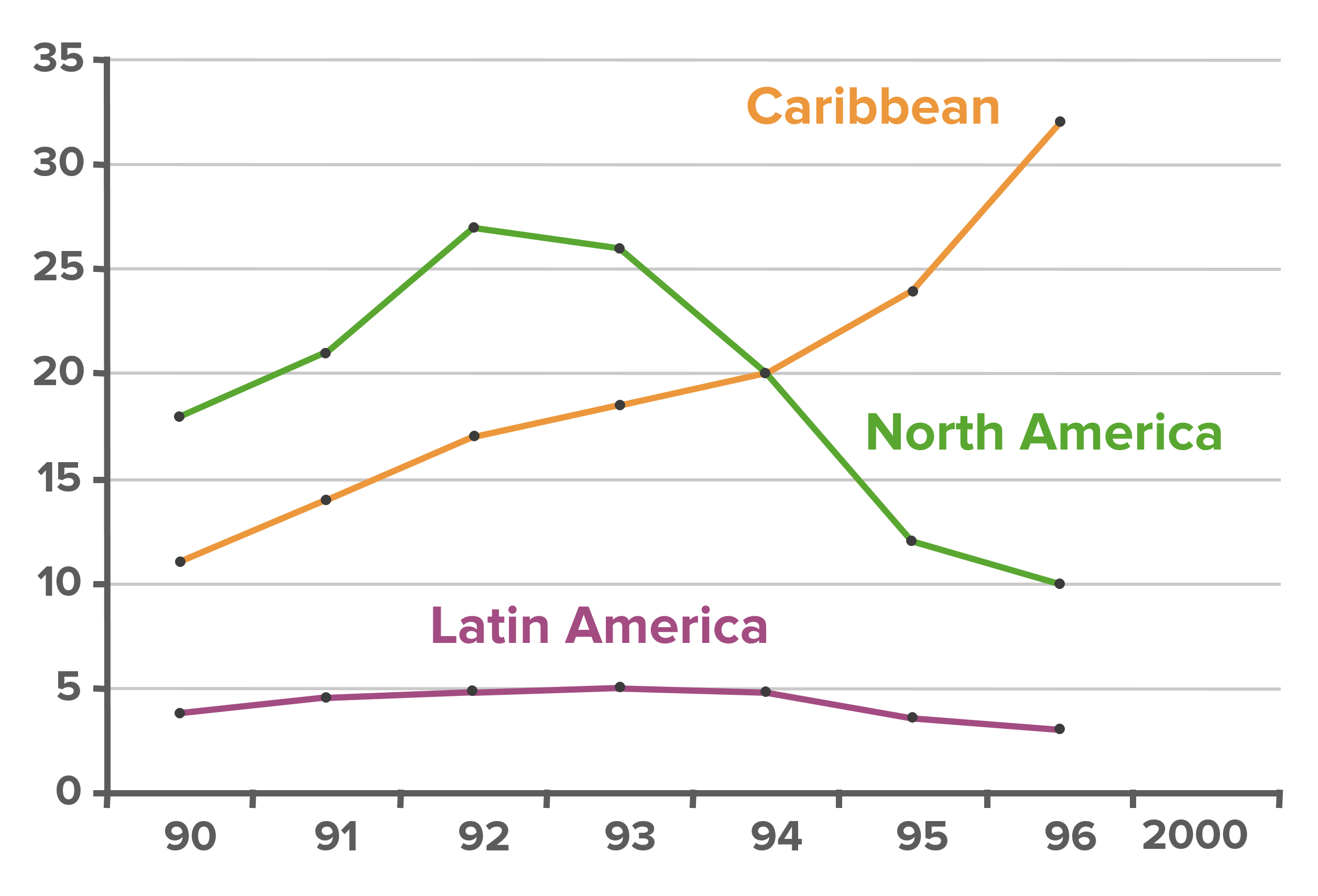Playlist
Show Playlist
Hide Playlist
Effect Modification
-
Slides 06 CausationBiasConfounding Epidemiology.pdf
-
Reference List Epidemiology and Biostatistics.pdf
-
Download Lecture Overview
00:00 Now let us talk about effect modification. Confounding and effect modification often go hand-in-hand, so affect modification is when in the presence of a certain factor or variable, the relationship between an exposure and an outcome changes direction. The relationship is real, it exists, just the direction of it is going to change. So sometimes we call this an interaction term, not always, an interaction term is the term that we use when we're doing a regression analysis and an effect modifier will pop up as this kind of statistical term. 00:35 And again it changes the direction or the nature of an association that is real. 00:40 So we have a risk factor that is associated with the decrease or the increase of an outcome and we have an effect modifier that's going to change that relationship, it's not a confounder. 00:53 So a confounder can mask a real association, that's not what's happening. A confounder can create the illusion of an association, that is not what's happening, but an effect modifier does change the nature of a real relationship, a cofounder does not do that. 01:11 Let's try an example then. Let's say we're looking at the relationship between joint mobility and exercise, so we have some subjects and we noticed that the more exercise they do, the more mobile their joints become. This is true for young patients. If I look at old patients however, it's the opposite. The more exercise they undertake, the less mobile the joints become and you can think about some reasons why that might be the case. So here is a summary of that relationship. Amongst the young, the relationship between exercise and mobility is a positive one, the more exercise you get, the more mobile you are. Amongst the old, it's a negative relationship, the more exercise you get, the decrease in mobility that you experience. So the direction of the relationship has changed depending upon the presence and the expression of the variable of age. Age is an effect modifier. So we have some cognitive biases as well that are not strictly epidemiological biases, but we do encounter them to a high extent, to a high degree. The first is confirmation bias and I've talked a bit about confirmation bias already when we talked about publication bias. 02:26 Confirmation bias is when we have a tendency to only seek insight and rely upon information that confirms our assumptions. I encounter this a lot in social sciences research and it's kind of popping up now in epidemiological research as well. We have hindsight bias, that's when you look back in time and you see things as being more likely than they really were. So the old saying 'hindsight is 20/20', that's what this is talking about. 02:56 Then we have clustering illusion, that's when we see patterns that none actually exist. 03:01 So people often read their horoscopes and say, "Ah, this describes me perfectly!" That's an example of clustering illusion, there is no actual relationship there, you're just seeing a relationship that doesn't really exist psychologically. Let's say hindsight bias and confirmation bias had a baby, we would call this the Texas sharpshooter fallacy. 03:22 And the story goes this way; a group of people go to Texas and they hear the story of a famous sharpshooter whose accuracy with shooting with a pistol was renowned, but they were told you better approach him carefully because he can be quite dangerous. So they sneak up upon his ranch and they see on the side of the barn where he's been practicing his shots and they see a variety of targets that were drawn on the side of the barn and in the center of each target is a single bullet hole and they conclude, "My goodness, this guy really is an extremely good sharpshooter. One bullet shot each time, he has hit his target." What's actually happened is that the individual shot the barn first and drew the target afterwards. 04:05 That's the fallacy. He's not really a sharpshooter, he's just a clever illustrator. So how this manifests in epidemiological research is that random data that have no relationship to each other can be manipulated or analyzed until some kind of pattern is identified, so be wary of over analysis, of an attempt to force some kind of wisdom out of data which really is quite random.
About the Lecture
The lecture Effect Modification by Raywat Deonandan, PhD is from the course Statistical Biases.
Included Quiz Questions
Which of the following statements about effect modifiers is INCORRECT?
- Effect modifiers may create the illusion of an association when none exists.
- Effect modifiers modify the nature or direction of a real association.
- Effect modifiers are not a type of bias.
- Effect modifiers do not mask the association between two variables that are associated.
- Effect modifiers are described as an “interaction term” in regression analysis.
Many people who only receive their news from social networking sites often find that the information they receive tends to affirm the views of their general social circle rather than presenting an objective view of the news cycle. What type of bias is this?
- Confirmation bias
- Hindsight bias
- Reporting bias
- Response bias
- Clustering illusion
What type of bias is responsible for the tendency for people to see patterns in horoscopes?
- Clustering illusion
- Hindsight bias
- Information bias
- Confounding
- Confirmation bias
Customer reviews
5,0 of 5 stars
| 5 Stars |
|
5 |
| 4 Stars |
|
0 |
| 3 Stars |
|
0 |
| 2 Stars |
|
0 |
| 1 Star |
|
0 |




